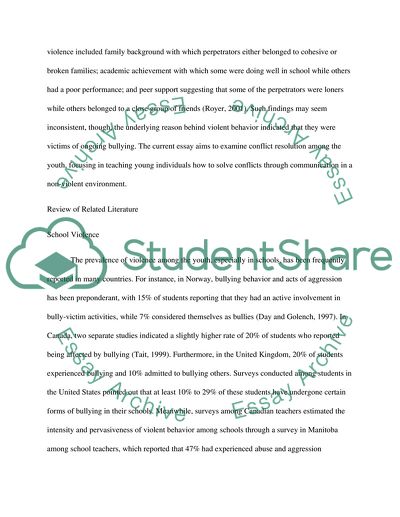Cite this document
(Teaching Youth - How to Communicate Effectively with Peers in a Research Paper, n.d.)
Teaching Youth - How to Communicate Effectively with Peers in a Research Paper. Retrieved from https://studentshare.org/education/1746084-conflict-resoultion-teaching-youth-how-to-communicate-effectively-with-peers-in-a-non-violent-environment
Teaching Youth - How to Communicate Effectively with Peers in a Research Paper. Retrieved from https://studentshare.org/education/1746084-conflict-resoultion-teaching-youth-how-to-communicate-effectively-with-peers-in-a-non-violent-environment
(Teaching Youth - How to Communicate Effectively With Peers in a Research Paper)
Teaching Youth - How to Communicate Effectively With Peers in a Research Paper. https://studentshare.org/education/1746084-conflict-resoultion-teaching-youth-how-to-communicate-effectively-with-peers-in-a-non-violent-environment.
Teaching Youth - How to Communicate Effectively With Peers in a Research Paper. https://studentshare.org/education/1746084-conflict-resoultion-teaching-youth-how-to-communicate-effectively-with-peers-in-a-non-violent-environment.
“Teaching Youth - How to Communicate Effectively With Peers in a Research Paper”, n.d. https://studentshare.org/education/1746084-conflict-resoultion-teaching-youth-how-to-communicate-effectively-with-peers-in-a-non-violent-environment.


